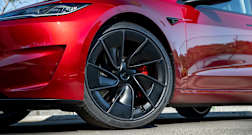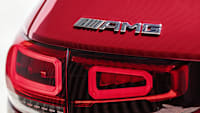Electric car sales plummeted in January in Australia and are stagnating in most major car markets, but help is on the way.
A new technology is emerging in Australia to help boost electric car practicality Down Under.
It’s not the long-mooted solid-state batteries, which promise to be lighter, smaller, cheaper, more energy dense and less prone to fires than current cells. Instead it is bi-directional charging.
-
If you want a plug-in hybrid, buy it soon: The FBT exemption on plug-in hybrid cars is ending, how will that affect demand for popular PHEV cars such as the 2025 BYD Shark 6 ute, Sealion 6, Mitsubishi Outlander and GWM Haval H6 GT?
-
'We've got plenty of sticks, but not enough carrots': Mitsubishi Australia calls for help to allow it to sell more plug-in hybrid Outlanders and bring in electric cars quicker'
-
Mitsubishi's popular 4WD and SUV axed from Australian line-up: Mitsubishi Pajero Sport and Eclipse Cross production ends leaving Japanese brand without a rival to the Ford Everest, Isuzu MU-X and Renault Arkana and Toyota C-HR
Mitsubishi is the main proponent of this, with the brand helping to develop the hardware necessary to make the technology work in Australia.
Bi-directional charging (sometimes referred to as vehicle-to-grid or V2G) effectively turns your electric car, or plug-in hybrid vehicle, into a massive mobile house battery.
It allows owners to send power back to the grid or to their house, allowing users to effectively live off the grid. In an ideal world, owners of EVs or plug-in hybrids can charge their vehicle using rooftop solar power during the day while they are at work and then use the stored energy to power their home during peak periods when rooftop solar isn’t available to them.
Mitsubishi Motors Australia’s eMobility Manager, Tim Clarke, explained the technology is still in its infancy as it is only available via the sparsely used CHAdeMO Japanese-standard charging protocol that is used by it and Nissan.
.jpg)
Most electric cars in Australia charge via the CCS2 protocol, which currently doesn’t allow for bi-directional charging but plans are afoot to make that happen in the near future.
Another headache for the future tech has been the mounds of red tape carmakers and hardware producers need to wade through to get the technology approved.
The Minister for Climate Change and Energy, Chris Bowen, announced late last year the federal government has streamlined the process.
Standards Australia has approved the use of vehicle-to-grid charging.
.jpg)
He said car manufacturers and hardware makers can now get the technology approved if they meet these new standards.
“Vehicle to grid charging is now ticked, enabled under the law of the land and will become a reality before Christmas, in the real world,” said Bowen at the time. “Possible today, technically possible today, thanks to these changes, but next couple of months, an opportunity for the companies to get their registrations in and get it happening.”
Mitsubishi has teamed up with local company V2Grid Australia to deliver the infrastructure needed to make this a possibility today.
V2Grid now has a bi-directional charger available that is compatible with the Mitsubishi Outlander and Eclipse Cross plug-in hybrids.
V2Grid Australia Co-Founder Matthew Downie, said bi-directional charging delivers a range of opportunities to electric car and plug-in hybrid owners.
“The ability to access both vehicle-to-grid and vehicle-to-home technology is a real game changer for those looking to take full advantage of their PHEV or EV. V2Grid Australia is proud to deliver this product to market and anticipates significant interest based on initial feedback and pre-orders.
Mitsubishi has been conducting trials at its Adelaide headquarters with the company using its Outlander PHEVs to help power its HQ.
A recent first hand display of the technology showed the plug-in hybrid sending up to 5kW of power back to the building. While this isn’t enough to power a large commercial building, it is enough to cater for the average Australian home.
.jpg)
Electric cars have large batteries ranging from 50kWh to more than 100kWh, which is substantially more than the average home battery. Tesla’s popular Power Wall unit has a capacity of just 13.5kWh.
Plug-in hybrids usually have a battery pack capacity of about 20kWh, which is more than the average home battery.
This technology is still in its infancy, but opens the door to providing extra value for consumers, which could help offset the extra upfront cost associated with buying an electric car or plug-in hybrid.







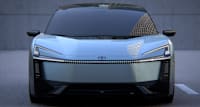
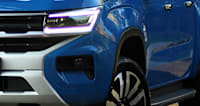
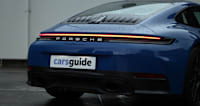
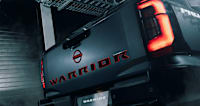

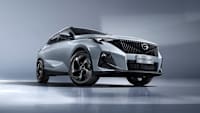







.jpg)

.jpg)

